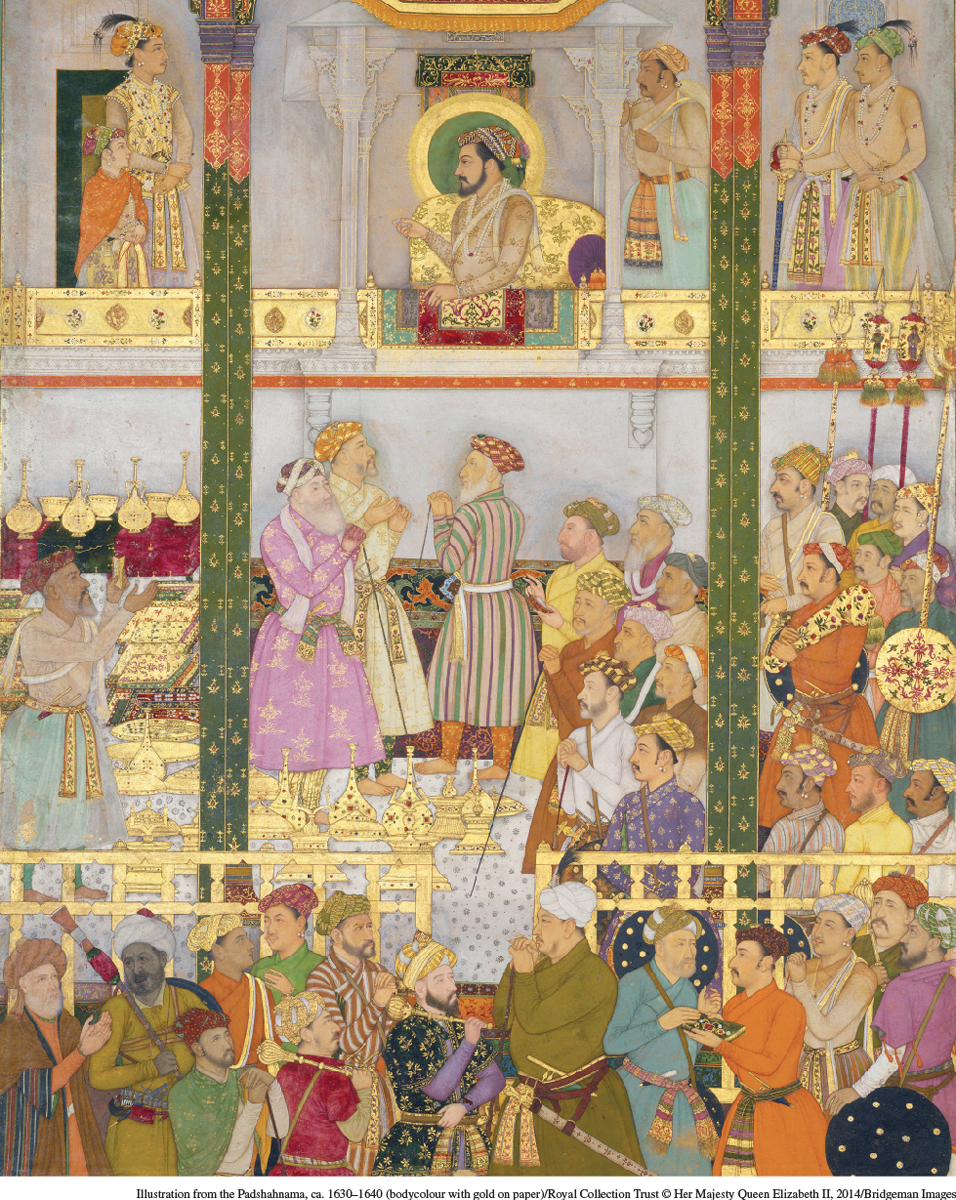Introduction to Chapter 13
CHAPTER 13
Political Transformations
Empires and Encounters 1450–1750

“What he [Vladimir Putin] wants to do, you can just see the lust in his eyes, he wants to re-
A s these comments imply, empire building has been largely discredited during the twentieth and twenty-
But European empires in the Americas were not alone on the imperial stage of the early modern era. Across the immense expanse of Siberia, the Russians constructed what was then the world’s largest territorial empire, making Russia an Asian as well as a European power. Qing (chihng) dynasty China penetrated deep into Inner Asia, doubling the size of the country while incorporating millions of non-Chinese people who practiced Islam, Buddhism, or animistic religions. On the South Asian peninsula, the Islamic Mughal Empire brought Hindus and Muslims into a closer relationship than ever before, sometimes quite peacefully and at other times with great conflict. In the Middle East, the Turkish Ottoman Empire reestablished something of the earlier political unity of heartland Islam and posed a serious military and religious threat to European Christendom.
Thus the early modern era was an age of empire. Within their borders, those empires mixed and mingled diverse peoples in a wide variety of ways. Those relationships represented a new stage in the globalization process and new arenas of cross-cultural encounter. The transformations they set in motion echo still in the twenty-first century.
| A MAP OF TIME | |
|---|---|
| 1453 | Ottoman conquest of Constantinople |
| 1464–1591 | Songhay Empire in West Africa |
| 1480 | Russia emerges from Mongol rule |
| 1494 | Treaty of Tordesillas divides the Americas between Spain and Portugal |
| 1501 | Safavid Empire established in Persia/Iran |
| 1519–1521 | Spanish conquest of Aztec Empire |
| 1526 | Mughal Empire established in India |
| 1529 | Ottoman siege of Vienna |
| 1530s | First Portuguese plantations in Brazil |
| 1532–1540 | Spanish conquest of Inca Empire |
| 1550 | Russian expansion across Siberia begins |
| 1565 | Spanish takeover of Philippines begins |
| 1607 | Jamestown, Virginia: first permanent English settlement in Americas |
| 1608 | French colony established in Quebec |
| 1680–1760 | Chinese expansion into Inner Asia |
| 1683 | Second Ottoman siege of Vienna |
| After 1707 | Fragmentation of Mughal Empire |
SEEKING THE MAIN POINT
In what ways did European empires in the Americas resemble their Russian, Chinese, Mughal, and Ottoman counterparts, and in what respects were they different? Do you find the similarities or the differences more striking?